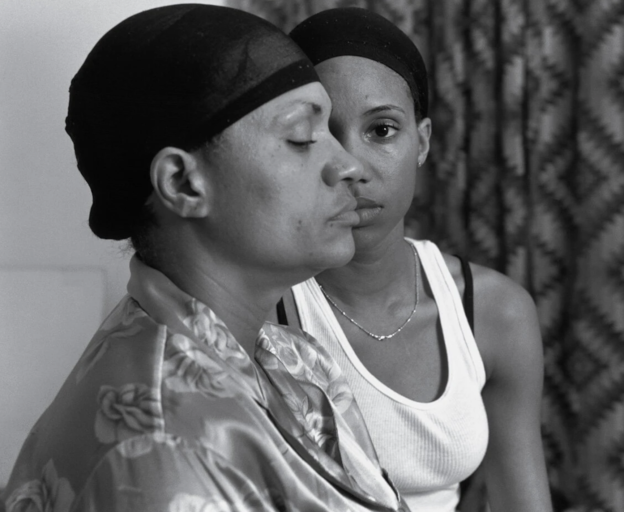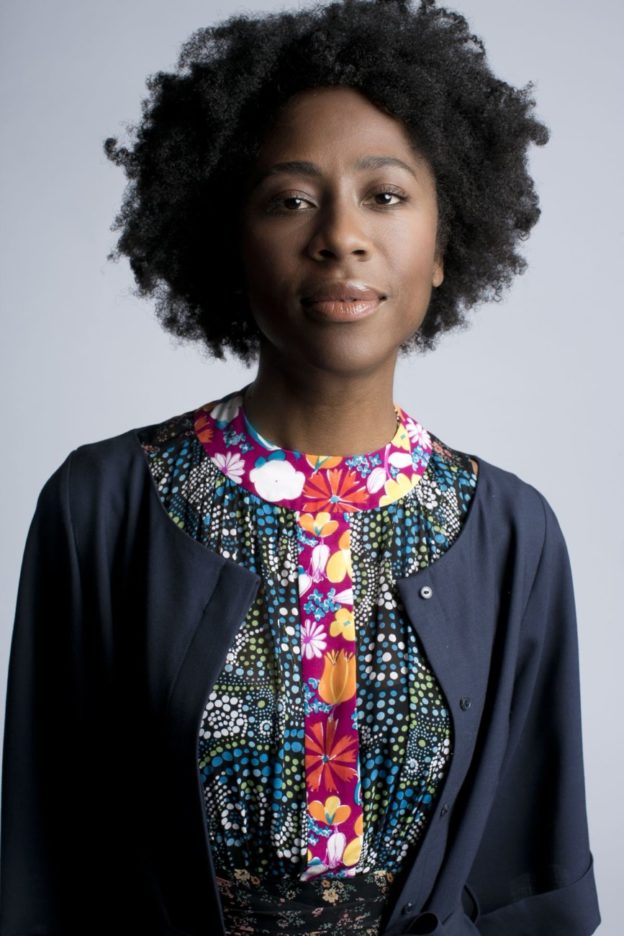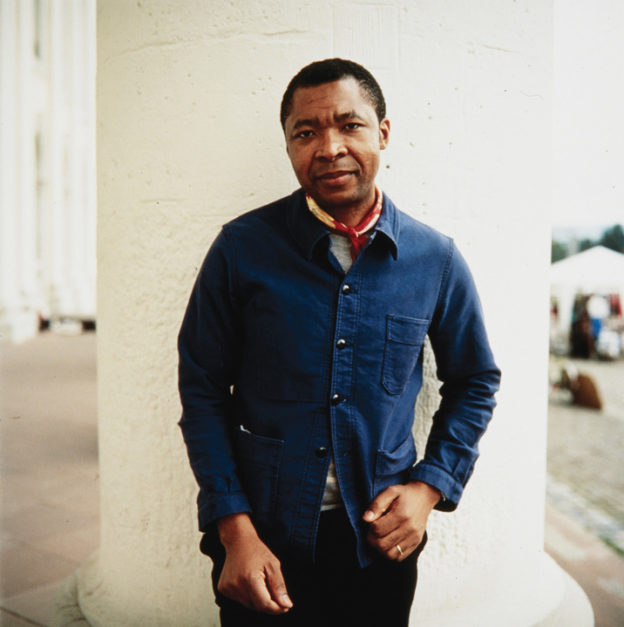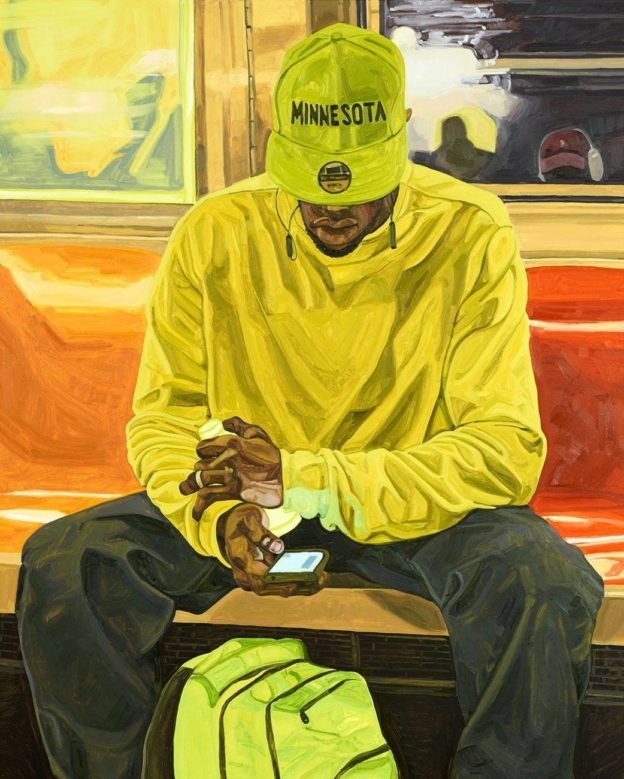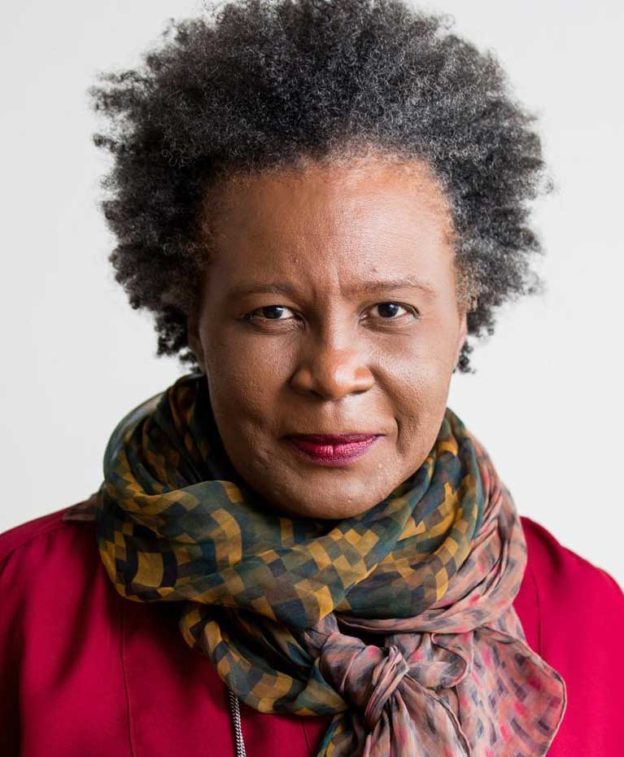
Thank you to the UAW for trusting me with your lives. These are very personal, painful, intimate details and stories of everything they are still going through right now. It is an honor to show my work to serve the United Auto Workers in this country. — LaToya Ruby Frazier*
On the occasion of the exhibition GRIEF AND GRIEVANCE—ART AND MOURNING IN AMERICA, join Frazier and New Museum curator Margot Norton for an online conversation. See link below to register.


LATOYA RUBY FRAZIER IN CONVERSATION WITH MARGOT NORTON
New Museum
Friday, March 12.
4 pm on the West Coast; 7 pm East Coast.
*LaToya Ruby Frazier in conversation with Solveig Øvstebø and Karsten Lund at The Renaissance Society, Chicago, September 14, 2019,


LaToya Ruby Frazier, from top: Momme, 2008, from the series, The Notions of Family, 2008, gelatin silver print; Home on Braddock Avenue, from the series, The Notions of Family, 2007, gelatin silver print; Frances Turnage, UAW Local 1112, Women’s Committee, (34 years in at GM Lordstown Complex, Paint Shop), standing in her living room, wearing her work uniform, Youngstown, OH, 2019, 2019, gelatin silver print; LaToya Ruby Frazier, Flint is Family in Three Acts (2021) cover image courtesy and © the artist, Steidl, and the Gordon Parks Foundation; LaToya Ruby Frazier, The Last Cruze (2020) cover image courtesy and © the artist and The Renaissance Society, Chicago; Mindy Miller, Iron Workers Union Local 851, (11 years in at Auto Warehousing Company (AWC)), standing in her grandmother’s living room with her mother and grandmother, Lezlie and Marlene Miller, Niles, OH, 2019, 2019, gelatin silver print; Grandma Ruby holding her babies, from the series, The Notions of Family, 2002, gelatin silver print. Images © LaToya Ruby Frazier, courtesy of the artist and Gladstone Gallery, New York and Brussels.


